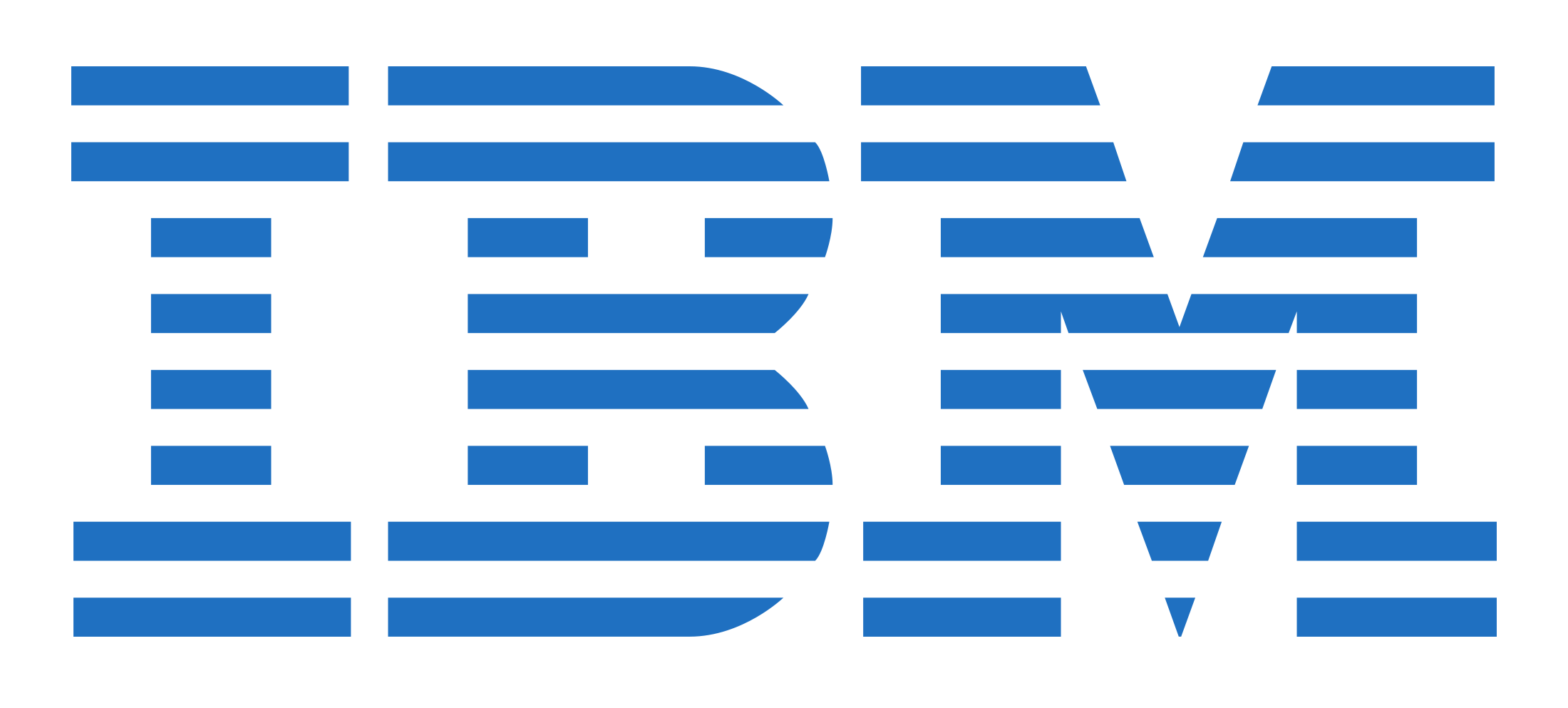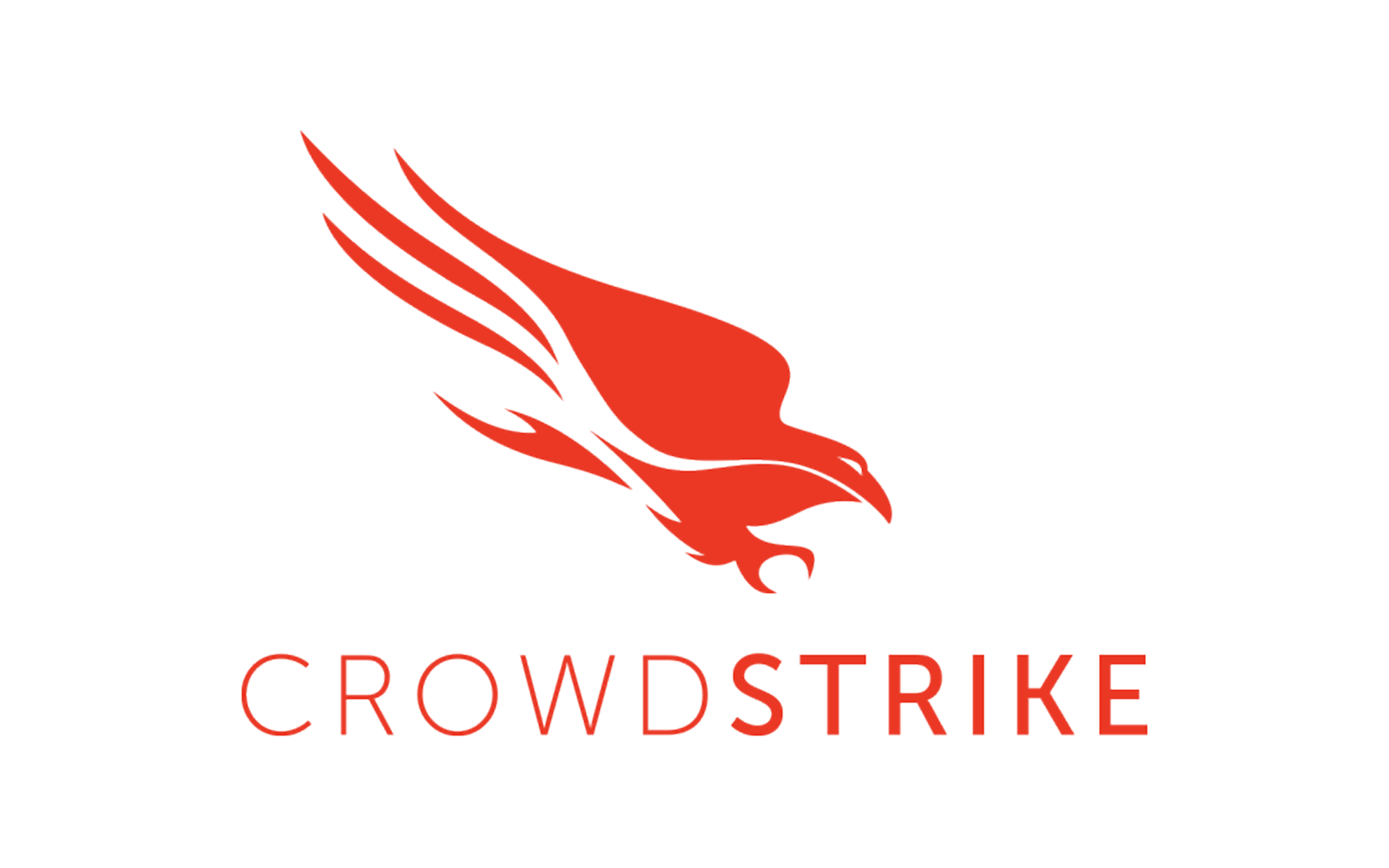
In enterprise IT, the largest expenses often arise from running critical applications and databases such as SQL Server and Oracle, not necessarily from the infrastructure or hardware itself. The VMware Cloud Foundation (VCF) on IBM Cloud is designed to address this by offering significant Total Cost of Ownership (TCO) reductions—between 25% and 45%—through a combination of hardware efficiency, optimized resource use, and flexible licensing models. This paper outlines how VCF on IBM Cloud achieves these savings across hardware, resources, OS, applications, and databases.
THE BIGGER PICTURE: APPLICATION AND DATABASE COSTS
It is important to recognize that applications and databases are by far the most expensive aspect of IT operations. While hardware and infrastructure costs are often seen as significant, licensing fees for enterprise-grade databases and software like SQL Server and Oracle can easily surpass these costs. By optimizing hardware, resources, and licensing, VCF on IBM Cloud helps businesses cut down on the consumption of these expensive applications, offering substantial savings across the board.
HARDWARE AND RESOURCE OPTIMIZATION
Traditional on-premises infrastructure often leads to over-provisioning. Enterprises buy hardware in bulk to meet peak demands, such as Black Friday or tax season, but this hardware remains underutilized for most of the year. VCF on IBM Cloud eliminates this inefficiency by allowing organizations to scale hardware resources dynamically.
- Right-Sizing Resources: With IBM Cloud, businesses can select the right-sized hardware and resources based on real-time needs. This prevents over-provisioning and ensures that you only pay for what you use.
- Newer Hardware with Higher Density: Many companies still run workloads on older, less efficient hardware. By migrating these workloads to IBM Cloud, businesses can leverage more modern hardware, enabling higher oversubscription ratios for both vCPUs and RAM. This reduces the physical infrastructure needed, thus driving down costs.
- Optimized Licensing: Broadcom’s changes to VMware licensing require a minimum of 16 cores per CPU socket. For companies with older hardware that have fewer than 16 cores per CPU, this means paying for unused licenses. IBM Cloud ensures that you provision servers that meet the licensing requirements exactly, eliminating wasteful licensing costs.
ELASTICITY AND DYNAMIC SCALING
One of the greatest benefits of VCF on IBM Cloud is the ability to dynamically scale resources up and down as needed, based on hourly, monthly, or yearly usage patterns.
- Hourly and Monthly Billing: Enterprises can scale resources during periods of high demand and reduce them during slower times. This "low watermark" approach ensures that you are not paying for idle infrastructure, further reducing your TCO.
- Elasticity for Applications: Mission-critical applications such as databases can be scaled dynamically on IBM Cloud. Instead of over-licensing for peak periods, VCF allows you to scale the underlying infrastructure, which translates into lower application licensing costs for SQL Server, Oracle, and other enterprise databases.
OPERATING SYSTEM EFFICIENCY
When migrating to VCF on IBM Cloud, companies can optimize their operating system (OS) usage as well.
- Consolidation: By running workloads on fewer, more efficient machines, businesses reduce the number of operating system instances required. Fewer OS instances mean lower support and patching costs.
- Automation: VMware's SDDC Manager automates the lifecycle management of the infrastructure, reducing the manual labor involved in OS updates and patches. This reduces the need for specialized IT staff and lowers operational expenses.
REDUCING DATABASE AND APPLICATION COSTS
The most compelling TCO savings come from how VCF on IBM Cloud reduces costs associated with enterprise databases and applications.
- Fewer Cores, Less Licensing: As mentioned earlier, moving workloads from older hardware to modern, cloud-based systems results in fewer physical servers and CPUs. Since database and application licenses are often priced per core, reducing the number of physical cores directly lowers licensing costs.
- Enterprise Software Oversubscription: With modern hardware, companies can achieve higher oversubscription ratios for vCPUs and memory, allowing them to run more virtual machines (VMs) per server. This reduces the need for additional physical servers and minimizes the number of database licenses required.
- Elastic Licensing Models: IBM Cloud's flexible licensing models allow companies to license only the cores they need at any given time. This is especially useful for workloads that experience seasonal demand spikes, such as tax software or e-commerce platforms.
- Storage Savings: IBM Cloud's integration of VMware's vSAN allows for advanced storage optimization, such as data compression and deduplication, which lowers the amount of physical storage needed. For database-heavy applications, this translates into significant cost savings.
HOLISTIC SAVINGS ACROSS THE IT STACK
Beyond hardware and application costs, the savings ripple throughout the IT environment:
- Lower Networking Costs: VCF on IBM Cloud includes advanced networking features such as NSX, allowing businesses to consolidate networking infrastructure. Micro-segmentation and network virtualization further reduce hardware costs by improving network efficiency.
- Managed Services: For companies opting for IBM’s managed services, operational savings increase even further. IBM manages the infrastructure lifecycle, security, and compliance, allowing IT teams to focus on higher-value tasks rather than day-to-day infrastructure maintenance.
CONCLUSION: CUTTING APPLICATION AND DATABASE COSTS WITH VCF ON IBM CLOUD
At its core, VMware Cloud Foundation on IBM Cloud reduces TCO by focusing on the areas that matter most: applications and databases. By optimizing hardware, resource allocation, licensing, and operational efficiency, businesses can achieve up to 45% in savings. These savings are not just incremental; they significantly reduce the cost of running mission-critical enterprise applications and databases. Whether through hardware consolidation, elastic scaling, or optimized licensing, VCF on IBM Cloud delivers an unmatched TCO reduction, making it the smart choice for enterprises looking to cut costs without sacrificing performance or security.
Related articles that might interest you:








.png)


-1.png)

-1.png)


.png)